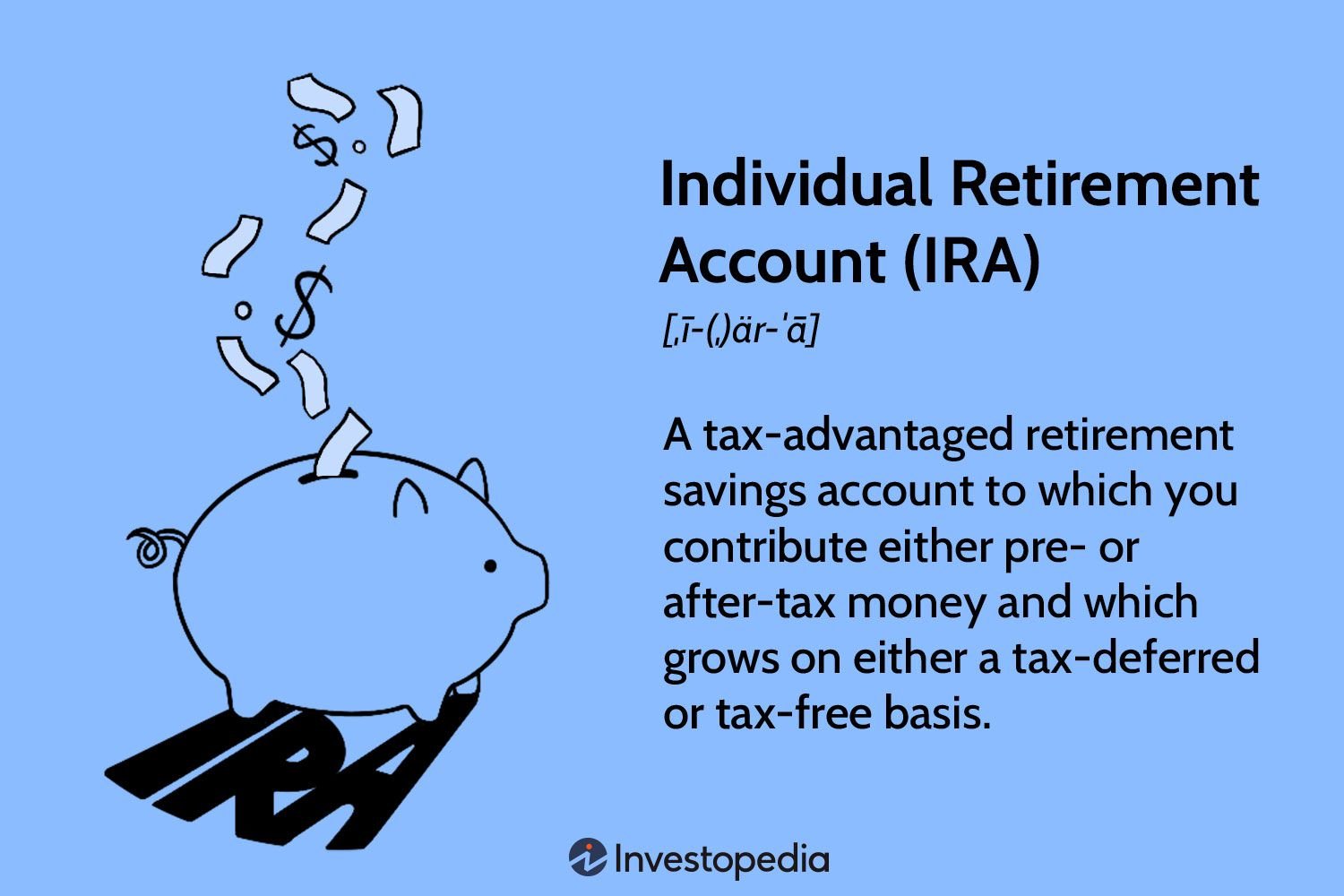Return on Assets (ROA) is a vital metric that every corporate finance professional should be familiar with. But what exactly is return on assets in corporate finance? In simple terms, ROA measures a company’s ability to generate profit from its assets. It provides valuable insights into a company’s efficiency and profitability, allowing investors and analysts to assess its financial health. In this blog article, we will delve deeper into the concept of return on assets in corporate finance, exploring its significance and how it is calculated. So, let’s dive in and unravel the power of ROA!
What is Return on Assets in Corporate Finance?
Return on Assets (ROA) is a widely used financial metric in corporate finance that measures a company’s profitability by evaluating its efficiency in utilizing its assets to generate earnings. It provides important insights into a company’s ability to generate profits based on the resources at its disposal.
ROA is expressed as a percentage and is calculated by dividing a company’s net income by its average total assets. It showcases the company’s capacity to effectively manage its assets and generate profit from them. By analyzing this metric, investors, financial analysts, and stakeholders can assess how efficient a company is in generating income relative to the resources it has employed.
In this comprehensive guide to Return on Assets in corporate finance, we will explore the concept in depth, discuss its significance, examine its calculation, and delve into its implications for businesses.
Understanding Return on Assets (ROA)
Return on Assets is a fundamental financial ratio that highlights a company’s ability to generate earnings using its available assets. By evaluating the profitability of assets, ROA offers valuable insights into a company’s operational efficiency and the effectiveness of its asset management.
ROA is a critical financial indicator that allows stakeholders to compare the performance of different companies within the same industry or sector. It is particularly useful for demonstrating how well a company can generate profits from its investments in assets.
While evaluating ROA, it’s important to consider that different industries and sectors have varying asset requirements. For instance, an asset-intensive industry like manufacturing will generally have lower ROA compared to a service-based industry where assets are minimal.
Calculating Return on Assets (ROA)
The formula for calculating ROA is relatively simple:
ROA = (Net Income / Average Total Assets) * 100
To calculate the net income, subtract the company’s total expenses from its total revenue. Average total assets are obtained by adding the beginning and ending total asset values over a specific period and dividing the sum by two.
The resulting figure, expressed as a percentage, represents the company’s ROA. A higher percentage indicates that the company is generating more profit relative to its assets, while a lower percentage suggests the opposite.
Interpreting Return on Assets (ROA)
When analyzing a company’s ROA, it’s crucial to interpret the ratio in the context of its industry or sector, as well as its historical performance and the performance of its competitors. ROA should not be considered in isolation, but rather alongside other financial metrics to gain a comprehensive understanding of a company’s financial health.
Here are some key points to consider while interpreting ROA:
1. Industry Comparison: Compare the company’s ROA with the average ROA of other companies within the same industry. This helps determine if the company is performing above or below industry standards.
2. Historical Analysis: Evaluate the company’s ROA over several periods to identify trends. Consistent improvement or decline in ROA can indicate changes in the company’s asset management strategies and overall performance.
3. Benchmarking: Compare the company’s ROA with that of its competitors to assess its competitiveness and efficiency in generating profits from assets.
4. Profitability Factors: Examine the drivers behind changes in ROA. Factors such as sales growth, cost control measures, efficient asset utilization, and effective capital allocation can significantly impact a company’s ROA.
5. Asset Quality: Assess the quality of a company’s assets and their ability to generate earnings. Aging or obsolete assets may impact ROA negatively, while newer, more efficient assets can improve it.
The Significance of Return on Assets (ROA)
ROA is a critical metric in corporate finance that offers several key benefits:
1. Performance Evaluation: ROA provides a comprehensive evaluation of a company’s operational performance by examining its ability to generate profit from its assets. It helps identify areas where the company may need to improve efficiency or optimize asset utilization.
2. Investment Decision Making: Investors and financial analysts use ROA to assess the profitability potential of a company before making investment decisions. A higher ROA may indicate a more attractive investment opportunity.
3. Comparison Tool: ROA allows for easy comparison of companies within the same industry or sector, revealing which companies are better at generating profits from their respective asset bases.
4. Indicator of Efficiency: A high ROA suggests that the company is using its assets efficiently to generate income, indicating effective management and resource allocation. It can be a positive signal for the company’s financial health.
5. Strategic Planning: ROA helps businesses identify opportunities for improvement in asset management and operational efficiency. It guides strategic decision-making processes and helps set realistic financial goals.
6. Performance Monitoring: Tracking ROA over time enables businesses to monitor their performance, identify trends, and make necessary adjustments to improve profitability.
Limitations of Return on Assets (ROA)
While ROA is a valuable financial metric, it’s important to recognize its limitations to gain a comprehensive understanding of a company’s financial health. Some of the limitations of ROA include:
1. Industry Variations: ROA varies significantly across industries, making it challenging to compare companies operating in different sectors. It’s essential to consider the industry average ROA while interpreting the ratio.
2. Deceptive Comparisons: Comparing ROA between companies with different business models, asset intensities, or capital structures can be misleading. Businesses with higher leverage generally have higher ROA due to lower equity, but this elevated ratio may not reflect operational efficiency.
3. Ignoring Non-Asset Factors: ROA focuses solely on asset utilization and profitability. It does not consider other crucial factors such as brand value, intellectual property, or intangible assets that may significantly impact a company’s overall worth.
4. Depreciation Impact: ROA calculation uses net income, which includes depreciation expenses. Companies with significant depreciation charges may have lower ROA, even if they are operating efficiently.
5. Inflation Effects: ROA calculations do not account for inflation, which may distort the perception of a company’s asset utilization and profitability over time.
It’s vital to supplement ROA analysis with other financial ratios and qualitative factors to form a comprehensive view of a company’s financial performance.
Return on Assets (ROA) is a crucial financial metric in corporate finance that assesses a company’s profitability based on its ability to generate earnings relative to its assets. It provides insights into operational efficiency, asset management, and overall financial health. By analyzing ROA, stakeholders can compare companies, make investment decisions, and monitor performance. However, it’s important to consider industry variations, leverage levels, non-asset factors, and other limitations while interpreting ROA. ROA should be used in conjunction with other financial ratios and qualitative analysis to gain a comprehensive understanding of a company’s financial performance.
Return On Assets explained
Frequently Asked Questions
Frequently Asked Questions (FAQs)
What is Return on Assets in Corporate Finance?
The return on assets (ROA) is a financial ratio that measures a company’s profitability by assessing how effectively it utilizes its assets to generate earnings. It indicates the amount of profit a company generates for each dollar of assets it owns.
How is Return on Assets Calculated?
To calculate the return on assets (ROA), divide the net income of a company by its average total assets. The formula is: ROA = Net Income / Average Total Assets.
Why is Return on Assets Important?
Return on assets is an important metric as it helps investors and analysts evaluate a company’s ability to generate profits from its assets. It provides insights into a company’s efficiency in utilizing its resources to generate earnings.
What is a Good Return on Assets?
A good return on assets varies across industries. Generally, a higher ROA indicates better asset efficiency and profitability. It is important to compare the ROA of a company with its industry peers to gain a meaningful understanding of its performance.
How is Return on Assets Interpreted?
Return on assets is interpreted as a percentage. A higher percentage indicates that a company generates more profit from its assets and is considered more efficient. Conversely, a lower percentage suggests that a company may be struggling to generate profits from its assets.
Can Return on Assets be Negative?
Yes, return on assets can be negative if a company incurs a net loss. This indicates that the company’s expenses outweigh its revenues, resulting in a negative return on assets.
What are the Limitations of Return on Assets?
Return on assets has certain limitations. It does not consider the cost of financing or the risk associated with the assets. Additionally, it may not be comparable across different industries due to variations in asset intensities and profit margins.
How can a Company Improve its Return on Assets?
A company can improve its return on assets by increasing its net income or by efficiently managing and utilizing its assets. Strategies such as reducing expenses, increasing revenues, optimizing asset utilization, and improving operational efficiency can help enhance the return on assets.
Final Thoughts
Return on Assets (ROA) is a crucial metric in corporate finance that measures a company’s efficiency in generating profits from its assets. By dividing net income by total assets, ROA reveals how effectively a company utilizes its resources. This metric provides valuable insights into a company’s overall financial performance, indicating the profitability and productivity of its investments. ROA is an essential tool for investors, analysts, and managers, helping them assess a company’s ability to generate profits relative to its asset base. Understanding the concept of ROA is vital for making informed investment decisions and evaluating a company’s financial health. It unveils the financial efficiency of a company and aids in comparing its performance with industry peers.



